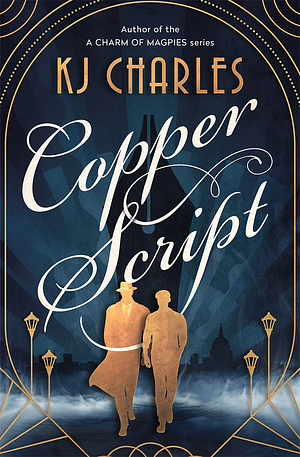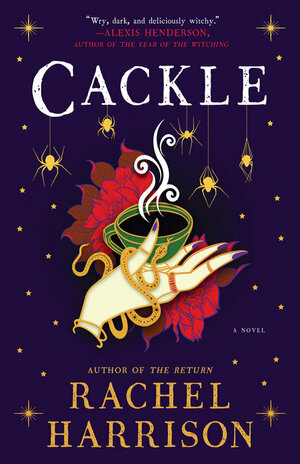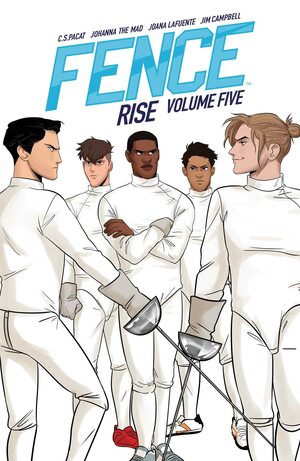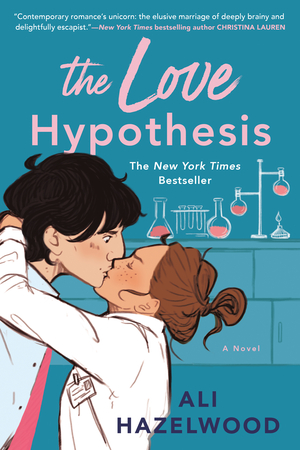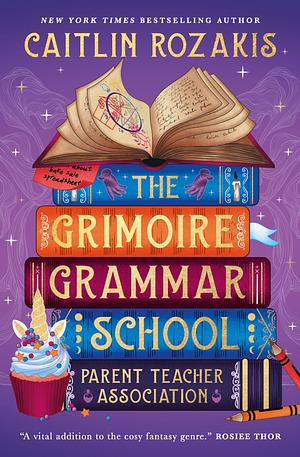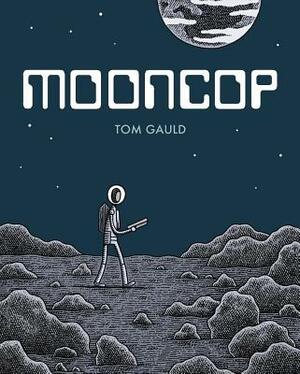
The Butcher, The Baker, The Candlestick Maker: The story of Britain through its census, since 1801
by Roger Hutchinson
Genres: History, Non-fictionPages: 352
Rating:

Synopsis:At the beginning of each decade for 200 years the national census has presented a self-portrait of the British Isles. The census has surveyed Britain from the Napoleonic wars to the age of the internet, through the agricultural and industrial revolutions, possession of the biggest empire on earth and the devastation of the 20th century's two world wars.
In The Butcher, the Baker, the Candlestick Maker, Roger Hutchinson looks at every census between the first in 1801 and the latest in 2011. He uses this much-loved resource of family historians to paint a vivid picture of a society experiencing unprecedented changes.
Hutchinson explores the controversial creation of the British census. He follows its development from a head-count of the population conducted by clerks with quill pens, to a computerised survey which is designed to discover 'the address, place of birth, religion, marital status, ability to speak English and self-perceived national identity of every twenty-seven-year-old Welsh-speaking Sikh metalworker living in Swansea'.
All human life is here, from prime ministers to peasants and paupers, from Irish rebels to English patriots, from the last native speakers of Cornish to the first professional footballers, from communities of prostitutes to individuals called 'abecedarians' who made a living from teaching the alphabet.
Roger Hutchinson’s The Butcher, The Baker, the Candlestick-Maker proves to be not just “the story of Britain through its census”, but also the story of the census itself, about which I knew comparatively little. It was fascinating to read about the development of the census, the difficulties with implementing it, and of course the findings.
Hutchinson chooses some examples at times to illustrate his point, though sometimes he must either be making it up or going far beyond the census data in his discussions of some people’s lives. I found it really fascinating to explore the impact of events like the Potato Famine, emigration to America, the Highland Clearances, and of course the World Wars: it’s pretty much what you’d expect, but the census data makes it starkly clear. Hutchinson also has an interest in the charting of the decline of the non-English British languages, which I enjoyed.
Overall, at times it feels a little bitty — and like so many of these books, I feel it’s a history rather than the history, and another story might be told from the same data. But I found it interesting, and a surprisingly compulsive read, though the bibliography is worryingly thin.
Rating: 4/5 (“really liked it”)



